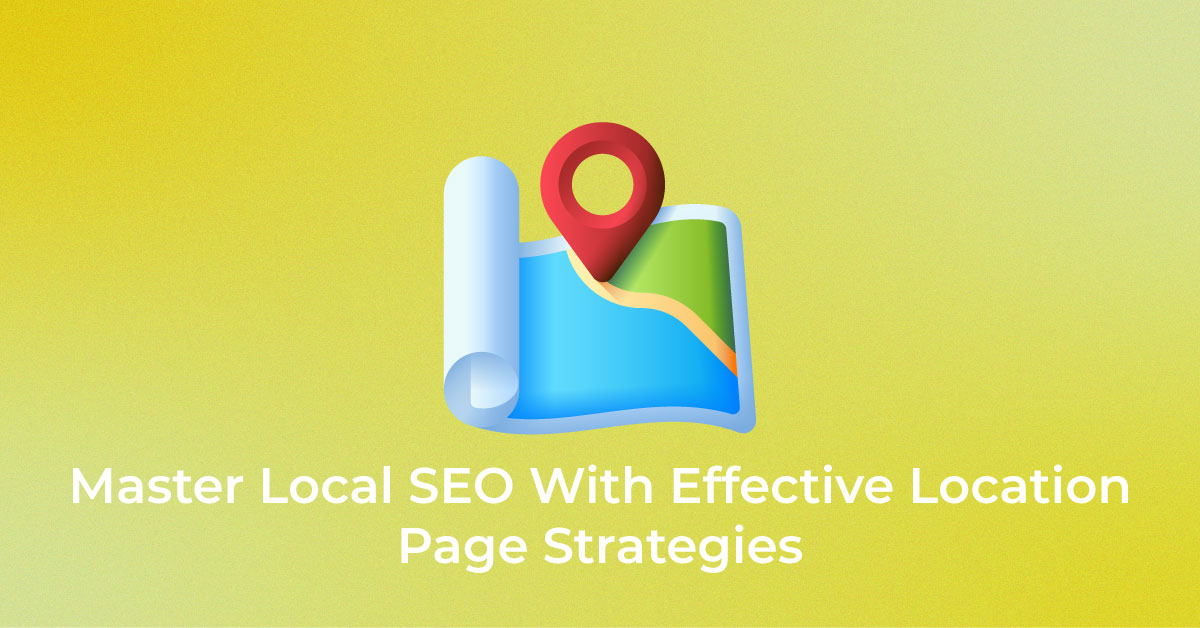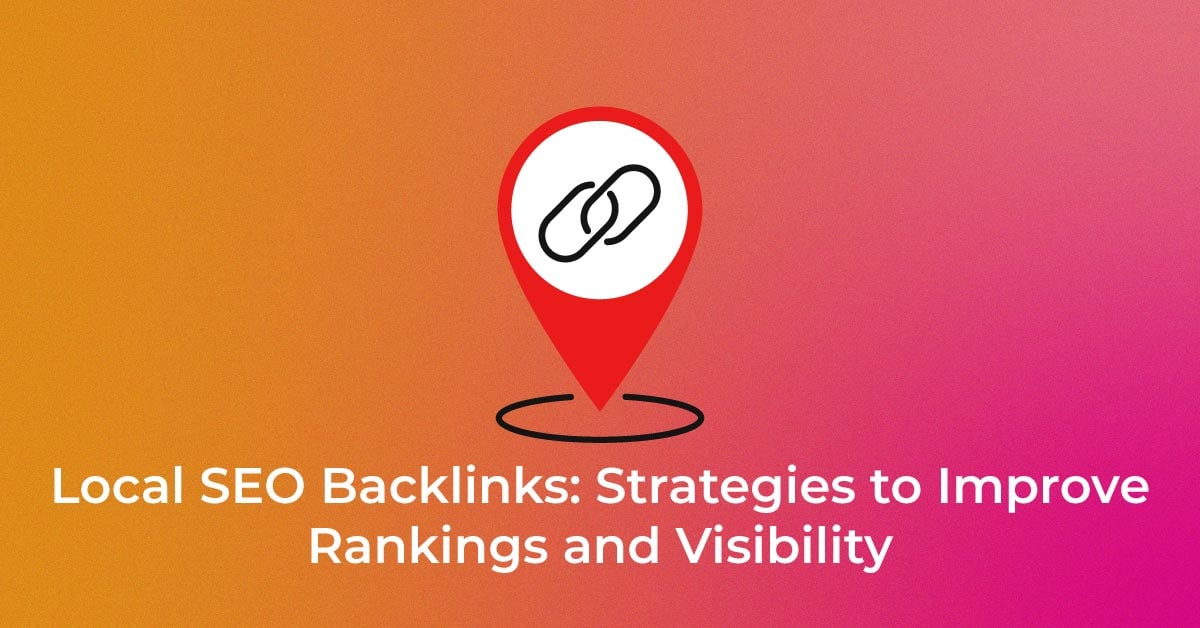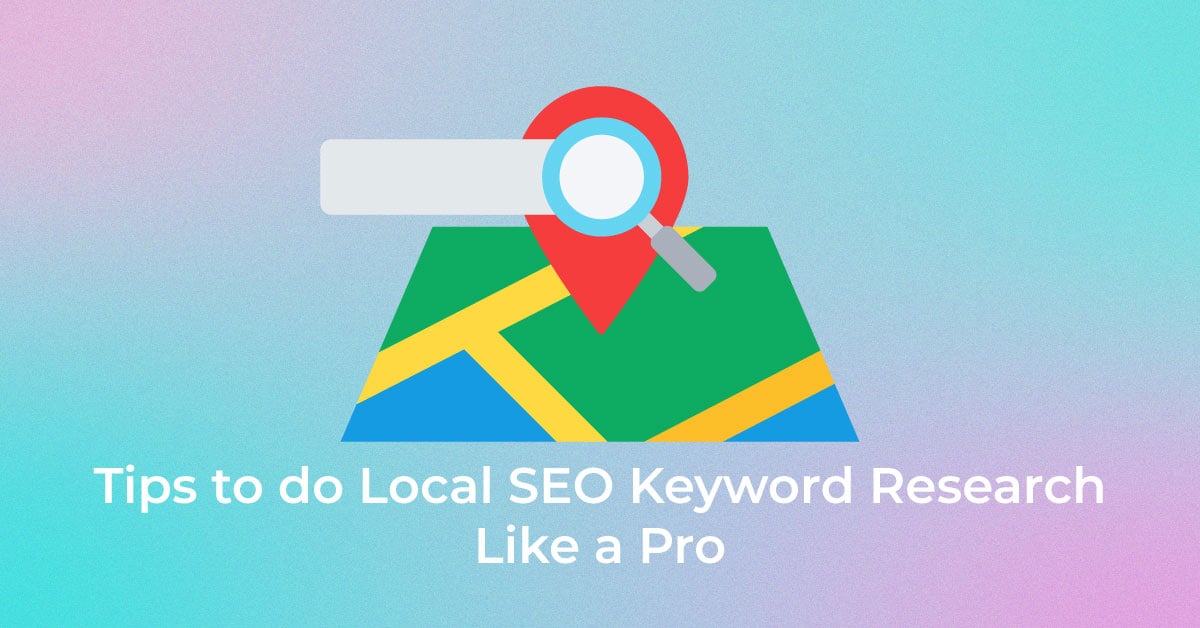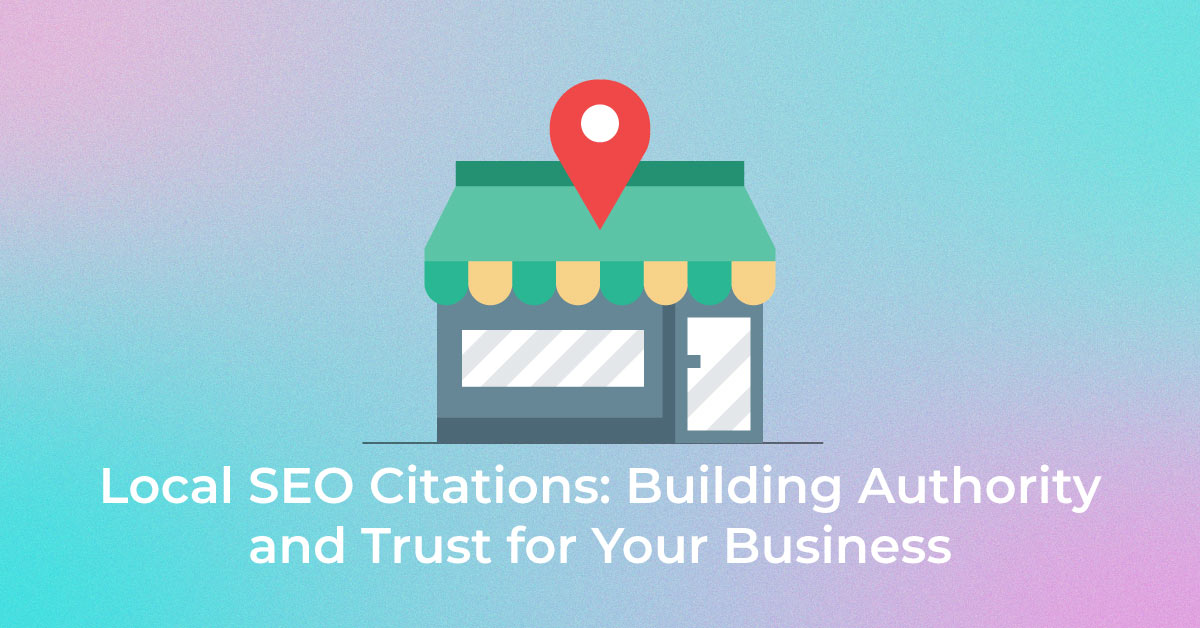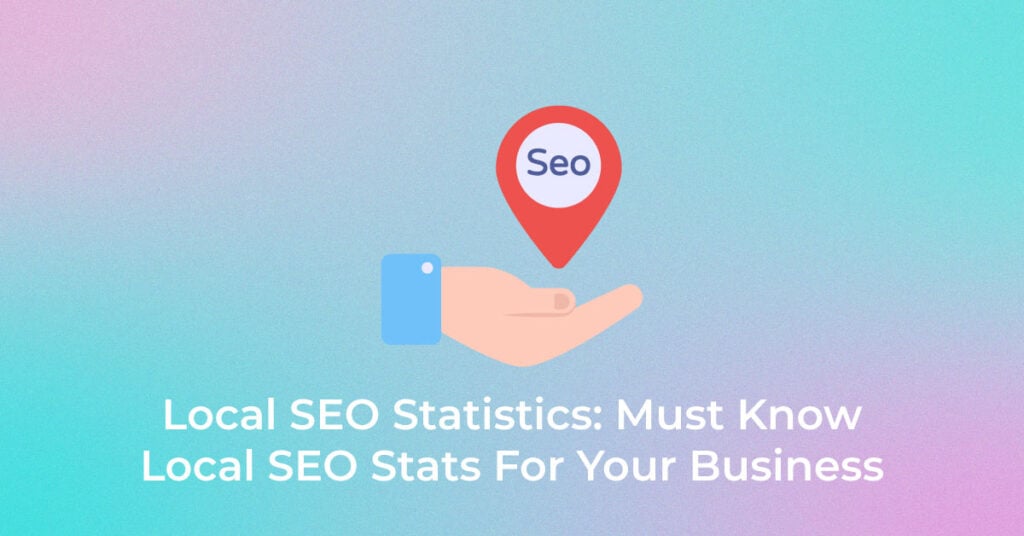Introduction to Local SEO
The Ever-Evolving Landscape of Local Searches
Local searches are a dynamic phenomenon that continue to shape the digital space, with advancements in technology and changing consumer behavior further altering how people interact with and discover local businesses online. In fact, local SEO has become more crucial than ever before.
Understanding the Importance of Local SEO for Businesses
Local SEO has become an indispensable tool for businesses to increase their visibility to potential customers in their vicinity. By optimizing online content and listings for local search, your business not only appears more prominently in search results but also provides valuable information to consumers who are actively seeking services or products in their area. This targeted approach results in highly qualified leads, as customers discover your business exactly when they need it, leading to higher conversion rates.
The Cornerstone of Online Visibility
The Rise of ‘Near Me’ and ‘Open Now’ Queries
As consumers increasingly emphasize immediate gratification and convenience, the volume of ‘near me’ and ‘open now’ search queries has surged. Searches for local businesses that are accessible at any given moment are not only more frequent but are indicative of a buyer’s intent to make an immediate transaction. This highlights an opportunity for businesses to capture demand by ensuring their online presence is optimized not only for location but also for real-time availability. To effectively address this, businesses need to implement local SEO for multiple locations, ensuring that their online visibility spans across different geographic areas and accurately reflects their current operational status.
The sheer magnitude of increased usage of these queries, as evidenced by a 400% year-over-year increase, underscores the urgent need for local businesses to integrate ‘open now’ and related real-time information within their local SEO strategies, as highlighted by search statistics.
Google’s Hold on Local Search Market Share
Google’s domination in local search is irrefutable, with a staggering 91% market share that makes it the main arena for local SEO efforts. Understandably, their services like Google Maps and the Google 3-pack have become central to consumers seeking local business information. In 2023, Google Maps led the way as the most downloaded mapping app, with its subsidiary Waze following suit.
This near-monopoly means that businesses aiming for local visibility cannot afford to overlook the importance of properly optimizing for Google’s platforms. The dominance also implies that changes in Google’s algorithms and features can considerably influence local search trends and strategies.
Consumer Behaviors Driving Local SEO
The Predominance of Mobile Search for Local Discovery
Smartphone usage has revolutionized how consumers find local businesses, with mobile searches leading as the primary method for local discovery. In a mobile-first world, consumers expect instant access to information, and businesses that cater to this by optimizing for mobile will stand out. Reports indicate that a vast majority of local searches occur on mobile devices with the intent to find immediate solutions.
Moreover, with mobile searches often being location-based, there’s a higher chance of converting searches into physical store visits or immediate calls. A seamless mobile experience, including user-friendly interfaces and quick load times, has become non-negotiable for businesses keen on capitalizing on local discovery through smartphones and analyzing website traffic.
Voice Search: A New Frontier in Local SEO
Voice search has emerged as a pivotal frontier in the realm of local SEO, with individuals increasingly relying on this technology for finding local business information. As of 2023, nearly half of all U.S. customers use voice search daily, with a significant portion using it specifically to locate nearby businesses and services.
This shift towards voice search is primarily driven by the rise in smart devices and the inherent convenience of conversational searches. Businesses optimizing for voice search can capture this growing audience by targeting long-tailed, conversational keywords and ensuring their information is succinct and readily accessible for voice search algorithms.
Voice search optimization involves incorporating natural language processing to match the more colloquial tone of spoken queries. It’s critical for businesses to adapt to this shift by creating content that answers potential questions a customer might ask, thereby positioning themselves directly in the path of voice search traffic.
Ratings, Reviews, and Their Impact
Trust Factor: How Reviews Shape Business Perception
Customer reviews have a profound influence on the perception of your business – they act as a digital form of word-of-mouth that potential customers often take into consideration before making a decision. An illuminating statistic reveals that 73% of customers are more trusting of businesses with online reviews, signifying the immense impact they have on business reputation.
The presence of reviews, particularly positive ones, not only boosts your business’s credibility but can significantly enhance local search rankings. On the flip side, how a business responds to negative feedback is equally important, with 84% of customers seeking negative reviews to assess how issues are handled. It’s crucial for businesses to actively manage their online reviews and ensure a balanced, responsive approach to all customer feedback.
In an era where online presence is critically scrutinized, reviews can make or break a business’s ability to attract new customers locally. Regularly encouraging satisfied customers to leave positive reviews, and professionally addressing any negative comments, can establish a level of trustworthiness that goes a long way in solidifying a business’s local market stance.
Siri’s Preference for High-Rated Local Businesses
Siri, Apple’s voice assistant, has specific inclinations towards businesses that maintain high ratings, with review averages playing a deciding role in which recommendations are given prominence. A compelling statistic from Semrush’s 2020 study shows that local businesses with a Yelp review average below 4.5 are significantly less likely to feature in Siri’s voice search results, underscoring the necessity for high-quality review ratings.
This preference can have a considerable impact on a business’s visibility to iOS users, who collectively represent a substantial percentage of the smartphone market. It sends a clear message that review management should be an integral part of a business’s online strategy. To ensure compatibility with Siri’s preferences, businesses must strive for excellence in their customer service, encouraging positive reviews and diligently addressing any negative feedback that may affect their rating.
A strategy to boost review scores could include direct review requests to loyal customers, periodically analyzing customer feedback to improve services, and engaging with reviewers—actions that can help elevate a business’s appeal to Siri, and by extension, potential customers using voice search on their Apple devices.
Leveraging Local SEO Tactics for Business Growth
NAP Consistency: The Backbone of Local Discovery
NAP consistency, which stands for Name, Address, and Phone number, is a fundamental aspect of local SEO that directly influences a business’s ability to be discovered accurately in local searches. This trifecta of information must be uniform across all online platforms, from Google Business Profiles to various local directories and social media. Inconsistencies here can not only confuse customers but can also negatively affect search engine rankings, as search algorithms seek reliable and congruent information when indexing businesses.
Maintaining consistent NAP across the internet may seem straightforward, yet it is often overlooked, leading to missed opportunities for customer engagement. Implementing tools like Semrush’s Listing Management can make a crucial difference by automating the distribution and synchronization of your NAP data across a myriad of directories, ensuring uniformity and saving countless hours of manual updates.
Additionally, a consistent NAP also enhances your business’s authenticity and can significantly boost local search rankings, making it more likely that potential customers will find you first in search results. It is an investment in the accuracy of your online footprint and a declaration of your business’s professionalism and attention to detail.
Actionable Steps to Dominate Local Rankings
Dominating local rankings requires a multi-faceted approach that combines several key actionable steps. Begin with a thoroughly completed and frequently updated Google Business Profile to ensure your business’s information is both accurate and reflective of your offerings. Including all relevant details like services, attributes, and high-quality images can make your business profile listings stand out.
Encourage and actively manage customer reviews. Promptly respond to them to show engagement and appreciation, as Harvard Business Review highlights that this can increase review submissions by 12%.
Optimize behavioral signals by enhancing the user experience on your website, aimed at improving metrics like click-through rates, and lowering bounce rates. Adding location-specific landing pages can direct visitors to geographically tailored content, increasing relevance and engagement.
Make sure you integrate calls to action, such as booking or order options directly through search results. According to Google, features like these significantly enhance user interaction. Also, ensure that your NAP is consistent across all online directories.
Don’t forget the importance of backlinks from reputable local sources. They bolster your online prominence, lending authority to your website in the eyes of search engines. For a comprehensive strategy, these steps are both beneficial and necessary to gain an edge in local search rankings. It reinforces your business’s engagement with the local community and robustly supports your online visibility.
Staying persistent with your SEO tactics and regularly adapting to the latest trends are essential to maintaining and improving your standings. As local search evolves, so too should your strategies, ensuring long-term success and relevance in the digital marketplace.
The Impact of AI and Content Strategies
The Role of AI in Developing Local SEO Content
The introduction of AI into the realm of content creation has revolutionized local SEO strategies. AI-powered tools are now capable of generating content that’s not only relevant and engaging but also optimized for SEO. This is particularly important for local SEO, as content needs to be tailored to specific locales and customer bases. By using AI to analyze data and local search trends, businesses can create content that resonates deeply with local audiences, thereby increasing traffic and engagement.
Furthermore, AI can help streamline local keyword research, ensuring that the content is focused on terms that local customers are actually searching for. It can also offer suggestions for semantic keywords, which enhance the depth and reach of the content. Additionally, AI-driven content audits can flag areas that need improvement, keeping your local SEO content fresh and competitive. With the advancement of AI language models, it’s becoming simpler to craft content that’s both human-like and search-engine friendly.
The role of AI in content strategy isn’t confined to creation; it extends to content management and distribution, ensuring that posts are published at optimal times for local engagement and are shared across platforms that are most frequented by your local audience. AI is a powerful ally in the ongoing effort to attract and retain local customers through strategic content use.
AI’s ability to process and analyze vast amounts of data means it can also offer predictive insights into content trends, enabling preemptive content creation that keeps businesses ahead of the curve and resonating with local audiences. For businesses seeking to leverage local SEO content effectively, embracing AI is not just an option, but an imperative direction for staying competitive in the digital era.
High-Quality Content and Backlinks as Ranking Powerhouses
High-quality content and backlinks remain undisputed powerhouses in the quest to rank higher in local search results. Creating content that is both informative and relevant to your local audience establishes your business as an authority in your field. For example, publishing comprehensive local guides or news about community events can bolster local engagement and relevance.
Furthermore, procuring backlinks and citations from trusted local sources such as newspapers, business associations, and community blogs signals to search engines that your business is a recognized part of the local landscape. A study by Backlinko concluded that the number of domains linking to a page correlates with rankings more than any other factor. This emphasizes the importance of a strategic backlink campaign within your local SEO efforts.
Best Practices for Content and Backlinks:
- Focus on creating unique content that addresses the specific needs and interests of your local target audience.
- Partner with other local businesses and organizations for cross-promotion and mutual backlinking.
- Utilize local keywords and phrases to increase the geographical relevance of your content.
- Regularly update your content to keep it fresh and engage with the latest local trends and insights.
- Aim to get featured in “best of” lists and local directories for a reputable backlink profile.
By ensuring that your content strategy and backlink portfolio work hand in hand, you can significantly amplify your local online presence, resulting in a stronger SEO position.
Quantifiable Success in Local SEO
Timeframe and ROI Expectations from Local SEO Efforts
Understanding the anticipated timeframe and return on investment (ROI) for local SEO efforts is critical for setting realistic expectations. According to SEO data analytics, a local SEO campaign typically requires around 4.76 months to become ROI positive. This timeline highlights the initial phase devoted to establishing a solid foundation, such as optimizing listings and building local content.
As for ROI, businesses can expect significant gains; reports indicate that 40% of local SEO campaigns can yield a 500% or better ROI. This stems from increased visibility and customer engagement that directly translate into sales, especially for businesses that have achieved optimized listings and a strong local presence online.
It’s important to remember that while the initial ROI may take a few months to materialize, the benefits of local SEO are long-term. Continuous investment in local SEO ensures sustained growth and visibility. Managing expectations and being patient while the strategies take effect are key to experiencing the potential high returns of a well-implemented local SEO campaign.
Considering such positive prospects, businesses should prioritize local SEO efforts and monitor their campaigns closely, adapting strategies as needed to maximize outcomes. The compounding effect of SEO over time means that initial investments can lead to exponential growth down the line, making local SEO an invaluable asset for any growth-oriented business.
The Compounding Effect of Positive Customer Experiences
Positive customer experiences can create a compounding effect that significantly boosts a business’s local SEO over time. Satisfied customers are more inclined to leave favorable reviews, which not only enhance a business’s online reputation but also improve its search rankings. For instance, a progressively increasing number of positive reviews corresponds with better placement in local search results, as search engines prioritize businesses with a proven track record of customer satisfaction.
Additionally, loyal customers who have had positive experiences are more likely to refer others, leading to a virtuous cycle of organic growth and increased local visibility. Word-of-mouth, both online and offline, becomes a potent form of free advertising for your business, multiplying your reach without additional marketing spend.
The impact of this positive feedback loop is also evident on social media, where customers share their experiences with their network, further amplifying your business’s reach and SEO impact. Each new customer interaction hence has the potential to enhance your business’s local presence significantly.
A business should aim to consistently deliver excellent service and products, encourage feedback, and leverage positive experiences through strategies like featuring testimonials on their small business website and social media profiles. The long-term benefits of investing in the customer experience are clear: a sterling reputation, higher retention rates, and a stronger local SEO footprint that continues to build upon itself, driving growth and success.
Frequently Asked Questions About Local SEO
What Are Some Key Local SEO Statistics Every Business Should Know?
- Over 46% of Google searches are for local information.
- 88% of local business mobile searches result in a call or visit within 24 hours.
- Nearly 20% of local businesses struggle with on-site optimization.
How Does Local SEO Translate Into Actual Sales?
Local SEO boosts your visibility to people searching nearby, leading them to your business. With 80% of local searches resulting in sales, it directly increases the chances that these searchers will become customers, since they’re already looking for products or services like yours.
What Is the Proven Formula for Gaining Prominence in Local Search Results?
To gain prominence in local search results, claim and optimize your Google Business Profile, generate positive customer reviews and respond to them, and include location-specific keywords in your website’s content. Prioritize relevant and high-quality information to improve relevance, distance, and prominence signals to Google.
Popular Searches
How useful was this post?
0 / 5. 0











